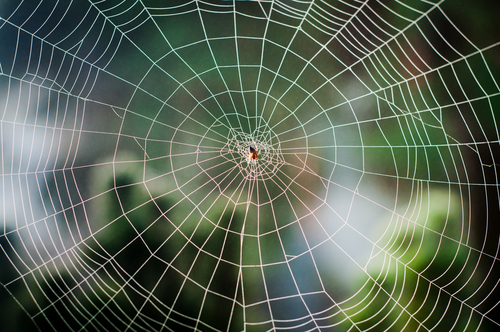A new study from Melbourne University has cracked the code behind the beautiful and symmetrical orb-weaving spider webs.
The almost perfect grid-like pattern is no coincidence. Orb-weaving spiders “˜decorate’ according to the amount of damage previously done to their webs.
Professor Mark Elgar and Dr Andre Walter collected a group of orb-weaving spiders, took them to a laboratory and left them there to weave their webs. Once the weaving process was completed, the researches damaged some webs and left others alone. “The fact that spiders increased their decorating activity in response to severe damage but didn’t increase their decorating following light damage suggests that the conspicuous building of silk crosses serves to make webs more visible to animals that might accidentally walk of fly into them,” says Elgar.
However, building a visible web comes with a price. “Silk is highly proteinaceous and thus expensive to produce,” says Elgar. “In fact, spiders re-cycle a remarkable amount of silk when they dismantle an existing web before building a new one. Thus, any loss of silk to the environment is expensive. Further, there are “˜opportunity costs’: a damaged web will be at best less efficient at capturing prey and at worse unable to capture prey.”
Orb-weaving spiders face other perils when their “home” is destroyed, as Elgar suggests, “building a web, especially during the day, may make the spider vulnerable to predators. The spider may hide in the vegetation for the rest of the day, and building the web in the safety of the night or very early morning.”







